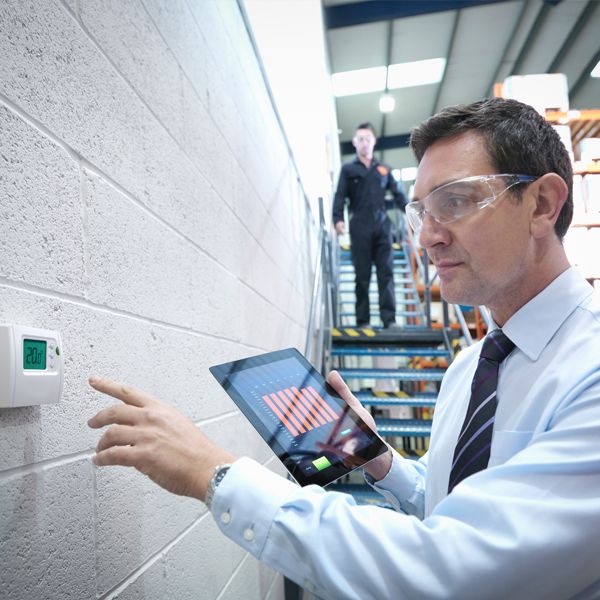The promise of hybrid solar + storage + CHP solutions
Extended power outages across the country have left utility customers and policymakers seeking resilient, on-site power solutions. Meanwhile, the drive to reduce carbon emissions has grown, and technical advancements and cost reductions have made renewable energy and battery storage technologies more viable than ever. But on-site renewables and storage may not be capable of providing the required level of resilience for critical loads during extended outages. Customers desire solutions that are both renewable and resilient, and many options for resilient power may have an undesirable impact on emissions. In these cases, a hybrid distributed energy system design can provide maximum resilience for critical loads while minimizing carbon emissions.
In a recent analysis of hybrid system design and operation, ICF found that an optimized combination of solar, storage, and combined heat and power (CHP) can provide long-duration, on-site energy for sites with high resilience needs with the least possible carbon emissions. When heat energy is captured and used in a CHP configuration, the net carbon emissions are lower than marginal grid emissions across the United States and will continue to be for some time. The addition of photovoltaic (PV) and storage lowers the required CHP size and further improves emissions compared to the grid. Figure 1 (below) highlights an example hybrid system in which solar, storage, and CHP work together to fully serve critical facility loads during a utility power outage.

An optimized system such as this can be most effectively achieved through coordinated efforts between technology developers to produce hybrid solutions, as opposed to piecemeal additions and adaptations over time.
Demonstrating the value of hybrid systems
ICF recently analyzed hybrid system design and operation for multifamily buildings in New York City (NYC). Using modeled multifamily load shapes by energy end-use, we determined the minimum resilience requirements for an average multifamily building—the critical resiliency load—on an hourly basis compared to the total building load. The critical resiliency load includes all common area loads, utility loads, elevators, and overhead lighting. We applied the critical load percentages to actual building energy consumption data with currently operational CHP systems in NYC to model the potential impact of incorporating solar PV and energy storage in a hybrid system.
For example, an existing multifamily building in NYC hosts a 100 kW CHP system and can deploy approximately 85 kW of PV capacity based on available rooftop area. A hybrid system at this facility that incorporates 85 kW of onsite PV and a lithium ion battery designed to store all of the PV electricity on a typical summer day would only require a CHP size of 55 kW to cover the resiliency load. This configuration would enable the CHP system to operate more efficiently while covering all critical resiliency loads for the site. Figure 2 (below) shows both the average winter and summer operation of the hybrid system for this building compared to the critical resiliency load.

ICF completed this assessment for four additional multifamily buildings in NYC with operational CHP systems, and found a 20% to 33% reduction in required CHP size when incorporating the maximum rooftop solar PV capacity for individual sites.
Several examples of multifamily buildings and hospitals with modeled load data (using DOE’s commercial reference building models) demonstrated the value proposition of solar + storage + CHP. These examples also showed that hybrid systems were able to provide resilient power and to reduce CHP size and associated emissions during daily operation.
Hybrid system benefits and potential programs
In a hybrid system, optimally-sized CHP can be used as efficient and resilient baseload power, reducing the impact of intermittency and short output duration from solar and storage technologies. When paired with CHP, solar and storage can more effectively provide benefits to both the grid and the end-user. Solar can reduce grid demand and related emissions in peak hours, and storage can flexibly charge and discharge, helping to “firm” solar to meet peak site loads and avoid high demand or time-of-use charges.
Currently, hybrid systems including solar PV, energy storage, and CHP are rarely installed through coordinated efforts. However, well-crafted incentive programs can encourage project developers of these different technologies to work together and install hybrid systems that will provide maximum resilience with minimal greenhouse gas (GHG) emissions.
In a Q&A session, ICF’s Meegan Kelly describes some key considerations in designing a program to support hybrid systems. These issues are also covered in detail in a recent ICF paper.
